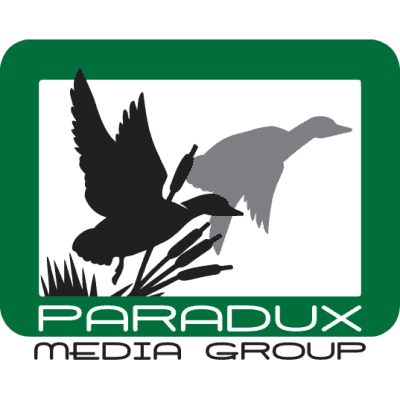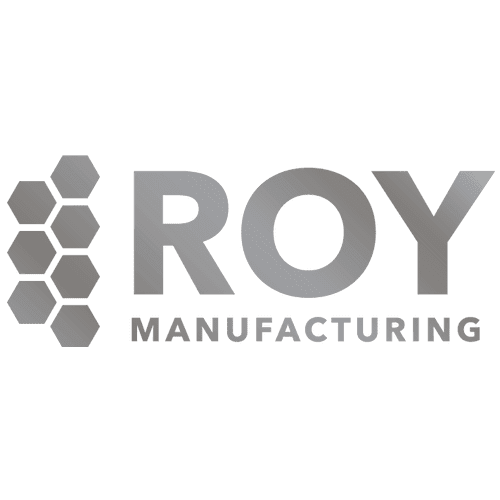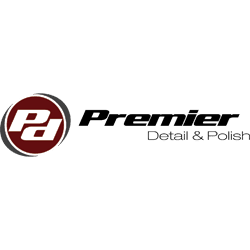What is Inbound Marketing?
Inbound Marketing is a phrase that has been on the periphery of every business since the boom of the online marketplace. With 80% of Australians now with internet access, by implementing cost effective online marketing strategies, you can bring people to you in their droves.
This chart shows the Breakdown of the main difference between inbound and outbound marketing.
Why Inbound Marketing?
The first part of any successful Inbound marketing plans is to:
- Identify the goals you wish to achieve
- Discover the desires your potential customers have
- The current challenges or problems that have prevented this from happening
Once that has been established, you can work out how to do it address this effectively for your business.
Inbound techniques prove much cheaper, granted, but the critical aspect of this marketing is that you want to focus on earning people attention, rather than buying it. Inbound marketing is ‘permission- based’, meaning you have to work at getting your audience onboard before you can feasibly sell.
Here is a short guide to the key principles of Inbound Marketing, and how they can help your business.
Inbound Marketing Channels
SEO
Optimising your search engine presence is one of the best ways of increasing the thoroughfare through your website. Keyword input is crucial to achieve the maximum number of hits, as it associates your site with particular phrases often entered.
Search Engine Optimisation (SEO) also includes your site content- how it looks, links to social media etc. Techniques involved with SEO usage are forever growing so it’s a tool you need to keep on top of to prevent becoming dated.
There are 6 Key stages to getting the most from SEO:
1. Optimize your Page Titles.
As the first thing a search engine reads from your website, it’s important that the titles are relevant. Make them specific to your business for maximum exposure.
2. Optimize Local SEO
Letting people know where you are is crucial. Type in *your product*. Now try it with your city as well. The hits you get decrease dramatically, reducing competition and improving your rank.
3. Simple URLs
Put the page title in, but not too much else. Be specific. Complicating the URL leaves endless numbers and symbols, which is useless for SEO.
4. Optimize you Images
Plenty of images, bullet points and text break up are essential to making your site easy to read and enjoyable to scan. On top of this, adding alt tags to each image with keywords will make your site easier for search engines to find.
5. Meta Descriptions
This is the small description of a site you get beneath the link on search engines. You can only use 150 characters, so it’s important to balance keywords with readability to tempt people to you site over others on the list.
6. Internal Links
Automatically you think blogs, but this can be a useful tool for many websites. Doing this will lead visitors to more of your website, but it also achieves another SEO opportunity through plying keywords through its anchor text.
All of this can be done with very little cost. This shows the demographic for Marketing Budgets. With almost half of businesses coming under $250K, it’s even more important to pack as much punch as possible, for a fraction of the cost.
Content Marketing and Blogging
This is the Swiss army knife of inbound marketing. Not only does it aid your SEO, a blog can help generate hype around your product, and create a following for your company.
In the eyes of the average internet goer, a company that has its own blog automatically suggests an air of authority and knowledge on their product or industry. Keeping the blog relevant to your company means followers are more likely to then become leads. Obviously, the better written and more informative the content, the better the yield.
Webinars
A webinar is a fantastic tool for any business, but especially smaller ones as it generates leads, collects viewer information, and shows the audience what your business is about and any new information you may have.
The content needs to be compelling, and is often formatted as a slide- driven presentation. Even if people are unable to attend your webinar live, you can record your webinar and allow people to watch the webinar later, or download the audio, as long as they register at your site, again sharing their contact information.
They improve your SEO rating, and when linked in with your website will create even more thoroughfare for your business.
This graph shows that a massive 48% of Marketers plan to spend more on using webinars.
Web Design
You don’t necessarily need an artistic flair for this. There are plenty of cheap web design template packages available, which you can tweak to avoid your site looking generic.
The main thing is that the site is technically sound (eg. simple to navigate, links and images all work ) and aesthetically pleasing (eg the text is laid out for easy reading, the colour theme suits your product).
Social Media
We all knew this was coming. Social media has rampaged onto the scene with trumpets blaring, and it only makes sense to use it to your advantage. Cheap as chips, social media creates an environment where you can add titbits to news feeds in order to stay fresh in your audiences mind.
You can liaise and converse on a one to one basis, humanising your business and creating a relationship with potential clients. It gives you massive scope to increase your online following through ripples of recommendation.
Great sites for this include:

Image credit Cheap photos
It also allows you to keep an easy eye on your competition. Checking out a site over Facebook or twitter can not only keep you abreast of new information regarding the market, but it gives you a valuable opportunity to add to your own audience. It’s important to link your social media with your website and any blogs you have, again to increase visibility.
Email Marketing
This is the most used digital medium for Australian businesses. Ever bought a pair of shoes online, to receive an email for similar items a few days later? Email marketing is thought to be the highest yielding lead generator. Creating a basic login process for your website will gather the email addresses necessary for this form of strategy. By sending personalised mail, you are more likely to catch the sale.
- Published: January 9, 2014
- Author: Hannah
- Blog: Ducking In Blog
- Category:
- Tags: Business, Content marketing, demographic, Facebook, marketing, marketing plan, Online advertising, search engine optimization, SEO, Social media, Twitter, website
- Comments:
Quacktastic Reviews:
Excellent team to work with! Mike and Tisha are fantastic at coming up with new ideas while staying true to my companies vision, values, and…

Operating a restaurant and bar is hard enough. It demands wearing many hats. Promotions and marketing is not one of them any longer since we…











Can not recommend this team enough. What started as a one-time website re-design has evolved into Paradux handling the vast majority of our marketing. Business…











We would not be able to run as smoothing, quickly, or efficiently if it was not for Paradux Media Group. Tisha and team is hands…











Recently, I had the opportunity to work with Paradux Media on a website build, and I just couldn’t have been happier with the process and…











Mike and his team are well known within the region and marketing community as an insightful industry leader. If you are looking for a Marketing…











Paradux Media is a very professional group, and they know what they’re doing. Whether they are placing buys for clients, or producing high-quality TV spots,…











Paradux helped build my business in all capacities. Without them, I would never have had the resources and ability to get so much accomplished –…











Mike, Tisha, and the team can build you anything you want for your company or small business. Very knowledgeable and easy to work with. They…











As a long-time client of Paradux, I can confidently say that their creative team is one of the best in the business. They consistently produce…























Thanks for the sharing this information. I will be trying this information and see if it will work for me.
I like educating business owners that a blog post can generate a lead today, tomorrow or next year. A blog is always working — never taking a day off or calling in sick. It should be every business’s best sales tool. Inbound marketing can be the most effective type of marketing, if done correctly.
Very informative. It is indeed something to be use as a guide and see if it will work out for your business. Thanks for sharing.
You should care because Inbound Marketing, done right, provides a steady steam of quality leads.